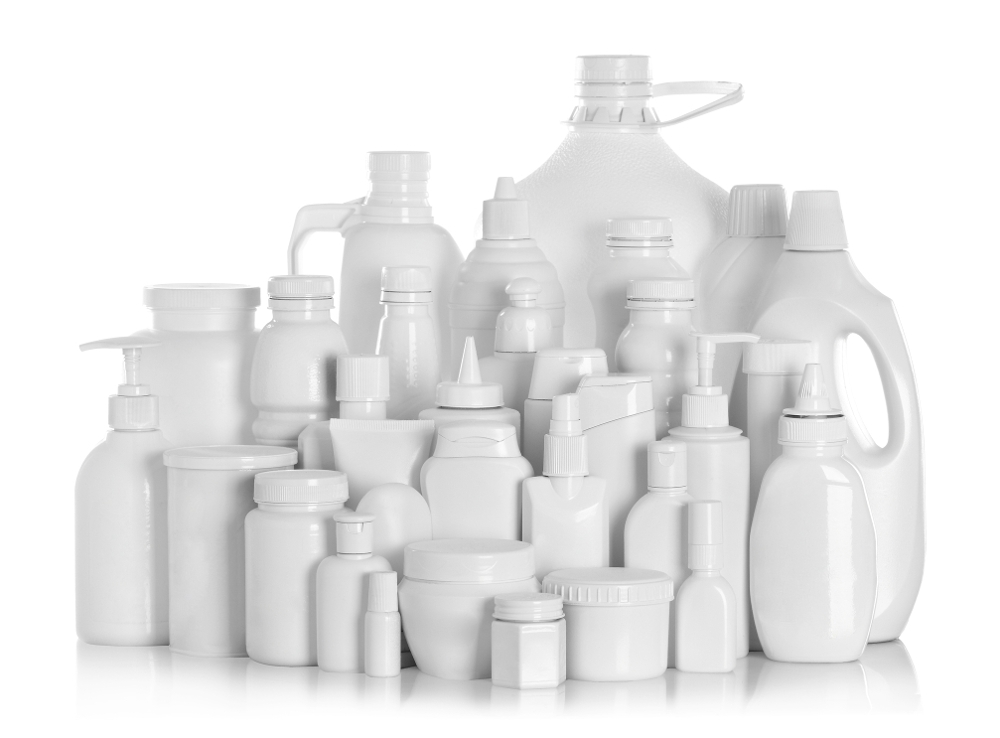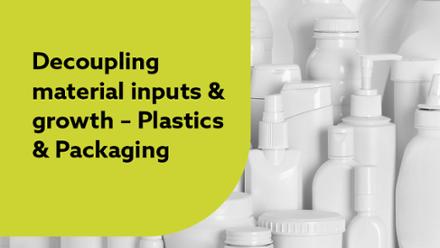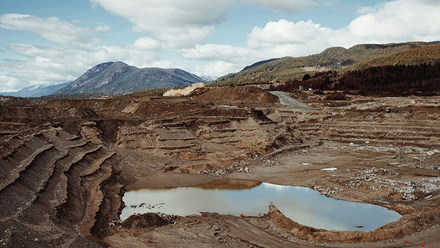An insight into the decoupling material inputs & growth — plastics & packaging webinar
IOM3 Fellow and Chair of the Resource Strategy Group, Jeremy Ramsden, shares highlights from this month's IOM3 plastics & packaging webinar

As citizens, we are appalled by the awful pollution from plastics. On beaches in Bali and elsewhere in the East Indies, plastic flotsam and jetsam washed up from the sea has to be removed daily — using bulldozers. There is increasing evidence that animal ecosystems suffer real detriment from the ubiquity of plastic debris. Yet, to quote Lord Todd, ‘Plastics — organic polymers — are probably chemistry's greatest contribution to civilisation.' Unless we are out in the countryside, if we look around we shall see many plastic artefacts that would be hard to substitute using other materials. Plastics are amazingly versatile and useful. Our starting point is that we would suffer a great detriment if they were to be banned. Hence, the foremost question is – can we make their manufacture and use sustainable?
Most of them are presently derived from crude oil – if we used it exclusively (presently it is about 5%) as feedstock for plastics, it would last a very long time. The supply could be further eked out by reusing, remanufacturing and recycling plastics. An appallingly high quantity of plastic — especially packaging, which consumes the largest proportion among the various uses, yet is not likely to be visible as we look around ourselves in our work room — is still discarded, mostly into landfill or incineration. Landfill does at least have the merit of effectively storing the carbon, but on our crowded island we do not really have more space to continue the practice, and the sites themselves tend to be disamenities. So are incineration plants; their construction has a huge carbon footprint; and they simply convert plastic waste into atmospheric carbon dioxide, making them incompatible with the goal of ‘zero carbon.’ Eliminating disposal of potentially valuable resources is, therefore, a clear goal. Can it be achieved without a drastic reduction in overall economic activity?
The ‘Decoupling material inputs & growth — plastics & packaging’ webinar held by IOM3 set out to answer this question. We first heard from Guy Bailey (Wood Mackenzie) about the materials transition, analogous to the energy transition (non-renewable to renewable sources), which is in full flow and provides useful lessons. New technologies to achieve sustainability are coming on stream, the most exciting being the chemical conversion of discarded plastics back into feedstock, and ‘bioplastics’ (especially polylactic acid) that can serve as food for microorganisms. But the plastic, widely dispersed among consumers as end-users, must first be collected. Adam Read (Suez) addressed this question, suggesting that our contemporary ‘on the go’ culture is the root cause of the tendency to carelessly discard single use packaging all over the place. The challenges of leakage and contamination when collecting plastics for use in the new, advanced technologies are well illustrated by considering that there are perhaps five stages in collection & processing. If each stage has, plausibly, a 90% "yield" (i.e., 90% of people achieve 90% accuracy in directing waste to the right container 90% of the time, and similarly for the two processing operations) then we end up with an unimpressive 59% overall (90% raised to the fifth power).
In her presentation, Sally Beken (KTN & UK Circular Plastics Network) pointed out that India currently holds the record for the highest proportion of plastic recycled (60%), perhaps because sorting is presently highly labour-intensive — there are around 20 main types of polymers in commercial use. Enthusiasm for bioplastics, presently around 1% of the total, should be tempered by the realisation that if all plastics were to become ‘bio’ then 6% of world arable land would be needed for their production.
The final presentation was given by Edward Kosior (Nextek) on food-grade mechanical recycling of post-consumer plastics. This application is subject to stringent criteria. Pigmentation, which is often required for brand identification, vitiates circularity, as does the combination of diverse plastics in a single product. Odours and fragrances may accumulate during use, hindering recycling, and compliance with the requirement of no abnormal use during the lifetime of the product before it is ultimately discarded is difficult to guarantee. Many of these problems require redesign in order to be overcome.
In summary, the challenges posed by making the plastics value chain truly sustainable are considerable. Technology does not seem to be the limiting factor – Europe is probably already in a world-leading position. Making behavioural changes is far more important. This applies both to consumers, who must change habits of consumption and post-consumption, and to manufacturers, who need to redesign their products for sustainability. Encouraging ("nudge") or forcing behavioural changes brings ethical problems. Far better is to rely on solutions driven by economic self-interest. As Guy Bailey pointed out, ‘Markets are highly efficient if costs are properly accounted for.' Properly accounting for costs is really all we need from a régime involving taxation and regulation, the framework of which should be made as simple as possible.
Jeremy Ramsden FIMMM, Chair of Resource Strategy Group








